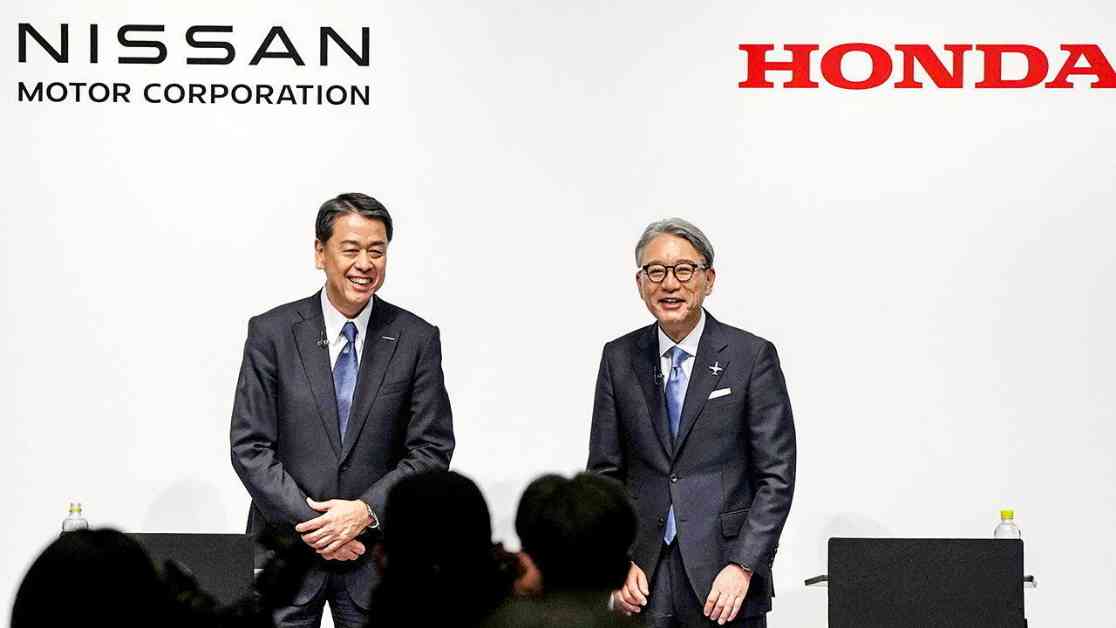Honda and Nissan Merger: A Band-Aid Solution?
Honda made waves in the automotive world on December 18th by reintroducing the iconic Prelude nameplate as a hybrid-electric vehicle with innovative features. However, this exciting news was overshadowed by reports of a potential merger with Nissan, Honda’s struggling domestic rival. The merger aims to create the world’s third-largest carmaker by sales, trailing only Toyota and Volkswagen. But will this union truly solve the underlying issues faced by both companies?
The Need for Speed
While the merger may seem like a strategic move on the surface, experts argue that speed, not scale, is what Honda and Nissan truly require to stay competitive in the rapidly evolving automotive industry. Both companies have been criticized for being stuck in the past, relying on outdated technologies and failing to innovate at the pace demanded by modern consumers. Will joining forces really address these fundamental challenges?
Expert Insights
Industry analysts caution that a merger between Honda and Nissan may not be the panacea for their woes. While the combined entity would have greater market share and resources, it does not guarantee a successful transformation. The real test lies in whether the merged company can adapt to changing market trends, embrace new technologies, and deliver innovative products that resonate with customers. Simply enlarging their footprint may not be enough to secure long-term viability.
The Road Ahead
As Honda and Nissan contemplate a potential merger, stakeholders are left wondering about the implications for both companies and the broader automotive landscape. Will this move mark a new beginning for the Japanese carmakers, or is it merely a temporary fix for deeper-rooted issues? Only time will tell whether the merger proves to be a strategic masterstroke or a desperate gamble in an industry facing unprecedented challenges.



















